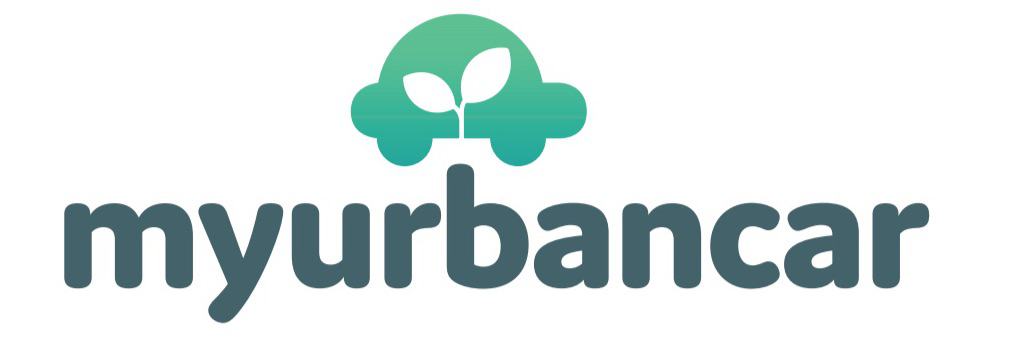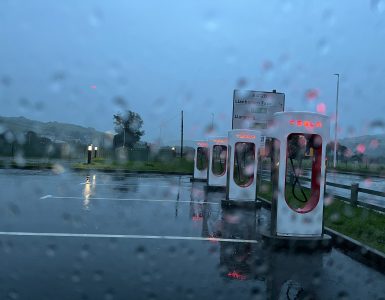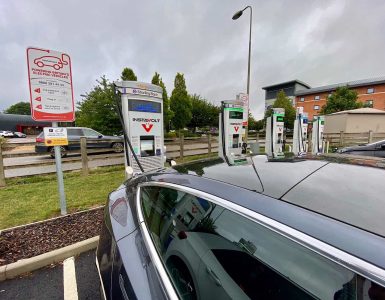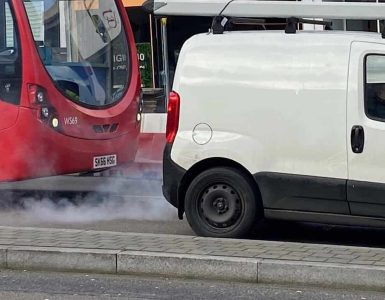In part 1 we looked at how important it is to get the cost of public charging right. In part 2 we looked at the different types of charging you need in an area. In part 3 we look at the most common reasons why EV charging is so difficult or even impossible to use that it serves only a limited purpose and is a waste of public funding or private investment
What are the key components of a successful local public charging strategy?
- Cost of charging
- local charging mix
- Useability – payment, can EV’s connect? reliability
3. Why might local charging not be usable?
We believe payment for charging should be straightforward, chargers should be arranged so all EV’s can connect and should be dependable. After all when electricity is delivered to your house or office it doesn’t get cut off several times a year sometimes for months at a time before faults are fixed.. so should this be acceptable for your car?
3.1 Paying for charging
We have already covered charging cost. We firmly believe no public funding should be offered where
- starting a charge for the first time takes more than 2 minutes or
- personal information required goes beyond name, bank card details and email address
Ease of use
- ✅Pay as you go use using contactless transactions only or a website that requires no more than 2 mins to provide bank details and email address only.. no other personal information
- ⛔️No membership required
- ⛔️No RFIDs
- ⛔️No website logins required
- ⛔️No apps required
- ⛔️No need to provide personal information including home addresses, number plate, vehicle details
Payment
- ✅Contactless payment only or card details via a web page only
- ⛔️No direct debit mandates
Billing method
- ✅Payment based on clear per kW pricing displayed on charger apps and at charger
- ✅minimum transaction permitted up to a limited amount.
- ⛔️no connection charges
- ⛔️no separate parking charges
- ⛔️No need to pay any £10 or other payment increments in the form of minimum credit or auto top ups
- ⛔️No billing by the minute or hour or per charge
Paying for charging should be as easy as paying for petrol or diesel without a price surcharge for contactless payment. This should be a key criteria for funding charging infrastructure
3.2 Can EV’s connect to the chargers you are installing?
You probably think the idea of chargers being installed that EV’s can’t connect to is so outlandish that it would never happen.. and yet you only have to look in London to see TFL (Transport for London) has fallen into this trap not once but on a whole load of their chargers installed on main roads they manage.
Mission impossible.. plugging into a charger on a TFL road

Piston engine cars tend cars to refuel only from either the passenger or drivers side behind the rear wheels shown with blue and red arrows. Some electric cars also use these positions but also many models also have charge sockets between the front wheels and the front doors (shown in orange and green) and many at the front of the bonnet shown in yellow.
In the case of many of the London chargers you can’t physically plug in unless the port is in the front “yellow” position as the charger is positioned in roughly the yellow position in the charging bay with a very short cable that won’t even reach the orange or green sockets.








Is there someone in an office at TFL or the charging companies that installed these that looks at the usage stats and wonders why the only a few EV’s use them and those that do happen to all have front bonnet charge ports? Who knows but what I suspect is those involved are just happy to have another successful charger installed and running.. perfectly! On Zapmap.. that’s a tick then!
3.3 Reliability
Petrol and diesel pumps do sometimes develop faults and probably sometimes spend a few days waiting for repair. The reason reliability is so much more of an issue for EV chargers is
- EV chargers for some networks suffer from very poor reliability and long intervals waiting for repair
- Even many DC chargers are are positioned singly so if it fails the driver has then research where the nearest charger of a similar speed is located and then drive to it. By contrast 1 or even 3 pumps out of 8 at a petrol station being out of order is no inconvenience
- Some “available” nearby chargers may need you to have an RFID card mailed to you at home or require a half hour membership application process on an app or website.. not viable or wanted options of choice when you are in a hurry
An personal example from February 2020
During a weekend away in the lovely Suffolk town of Woodbridge I had a fair bit of charge on arrival and saw 2 local chargers on Zapmap including a Shell 150kW charger and a Swarco contactless chargers
- Shell CCS 150kW charger was shown as out of order a week or 2 earlier so drove there hoping it would have been fixed. It hadn’t in fact
it was still out of order till at least May and according to ZapMap user feedback it was out of action all summer until August 2020. At about the same the same time as they fixed the CCS the Chademo connector went offline till October 2020. At the moment both are working! - I then drove to the station car park for a Swarco e.connect charger. This charger was allegedly contactless but had no instructions for payment. The alternative app route required you to agree a direct debit mandate along with all your address details in order to charge. It did not state whether charging vehicles needed to pay parking fees or not leaving the vehicle open to being clamped if you left it. Users have recently said there is still no signage.
- By then I was so fed up I ignored the final slow charger in Woodbridge and drove to the 50kW GeniePoint point charger in the Morrison’s car park in Felixstowe. This turned out to not be contactless either and debits you in £10 increments leaving me paying £20 for £11 worth of power. I had tried stopping at £10 but the time delay between showing how much had been used meant it was impossible to buy the £10 increment. The quirky charger would function or not depending on whether you connected the cable before making the payment! They still have my £9 as an interest free loan.
Interestingly Autocar magazine tried a GeniePoint in a Morrison’s car park nd were hit with the same hassle signing up and the same billing scam!
3.5 Safety
Remember that on for slow AC charging the location just need to be where people would park their cars anyway. For DC charging where owners may be in the car or close by during the faster charging time, including in the evenings, the location needs to be safe, busy, well lit and shared with other drivers either charging or if it is at a petrol station filling up. No one would want be be faced alone with a poorly lit location with only one or 2 chargers that looks like a scene from a crime thriller.
Summary
Some early EV enthusiasts online feel it is a badge of honour to be able to cope with awkward unreliable charging networks. They mock and blame those who haven’t done their “advance planning” of 1st 2nd 3rd or 4th emergency alternative charge locations in case the first ones don’t work. When people have a bad experience and it is published it is treated as anti EV FUD.
The fact is though, EV’s are fantastic to drive and it is vital that all drivers convert to them or other forms of clean fossil free travel in order to meet climate change goals and deal with the toxic affects of air pollution on peoples health. Unaffordable, unreliable, awkward or unusable public charging infrastructure along with EV purchase cost are the biggest barrier to EV transition. So if you are commissioning or building charging infrastructure:
- Try the network’s chargers elsewhere first and see that it is easy and affordable to use
- Ask a parent or non EV owning friends to do the same.. if they can’t work out how to use a charger then try another network!
- or commission us to review the plans and avoid installing a load of charge points no one wants to use
- We believe the principle of bunching DC chargers in at least 4 or 5 ideally more at a location helps overcome unreliability issues and the issue of arriving to find a charger in use. Grouping chargers that drivers may sit in while charging is also safer.
- Slow AC chargers by contrast can be scattered but do need EV bays in areas where parking is in demand.
If someone tells you it can’t be done… have a look at this









[…] Part 3: is some EV charging being installed that is difficult or impossible to use? […]